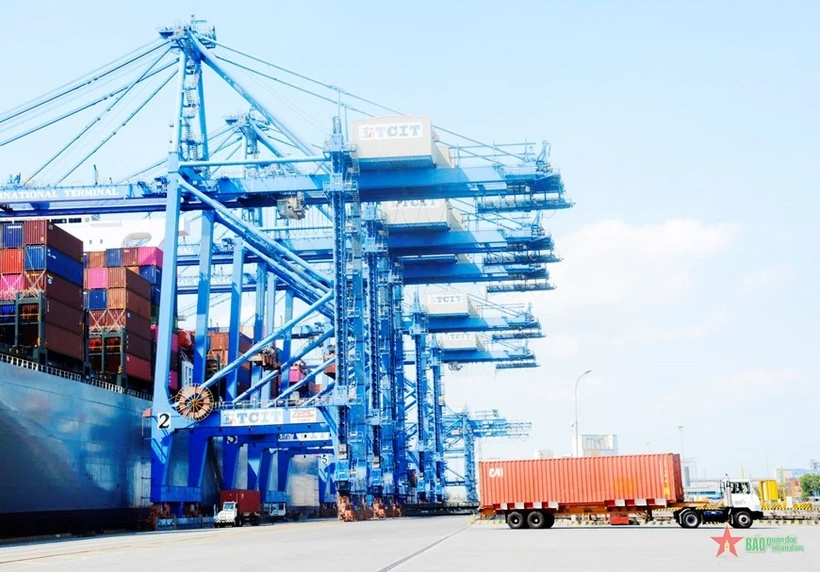
Detailed Guide to Agricultural Export Procedures
Date Submitted: 28/10/2025 09:57 AM
Xem chi tiết

Procedures for Importing Plastic Food Containers (Updated 2025)
Date Submitted: 27/10/2025 11:28 AM
Xem chi tiết

A-Z Guide to Cosmetics Import Procedures (Updated 2025)
Date Submitted: 24/10/2025 04:14 PM
Xem chi tiết
![Detailed Guide to Chemical Import Procedures [Updated 2025]](https://songwinlog.net/thumbs/355x266x1/upload/news/ve-tay-hinh-tron-logo-2-3776.png)
Detailed Guide to Chemical Import Procedures [Updated 2025]
Date Submitted: 20/10/2025 10:14 AM
Xem chi tiết

Procedures for Importing Food into Vietnam – A Detailed Guide for New Businesses
Date Submitted: 17/10/2025 11:06 AM
Xem chi tiết

Da Nang: Export-Import Growth Continues
Date Submitted: 07/10/2025 01:53 PM
Xem chi tiết

Vietnam’s Major Imports and Exports with Singapore
Date Submitted: 25/08/2025 11:30 AM
Xem chi tiết

Vietnam’s exports exceed USD 20 billion in the first half of August
Date Submitted: 21/08/2025 09:27 AM
Xem chi tiết

Vietnam’s Logistics Industry Enters an Unprecedented Race
Date Submitted: 14/08/2025 09:18 AM
Xem chi tiết

Solutions for Vietnamese Enterprises Exporting to the U.S.
Date Submitted: 13/08/2025 10:11 AM
Xem chi tiết










![Detailed Guide to Chemical Import Procedures [Updated 2025]](https://songwinlog.net/thumbs/355x266x1/upload/news/ve-tay-hinh-tron-logo-2-3776.png)











